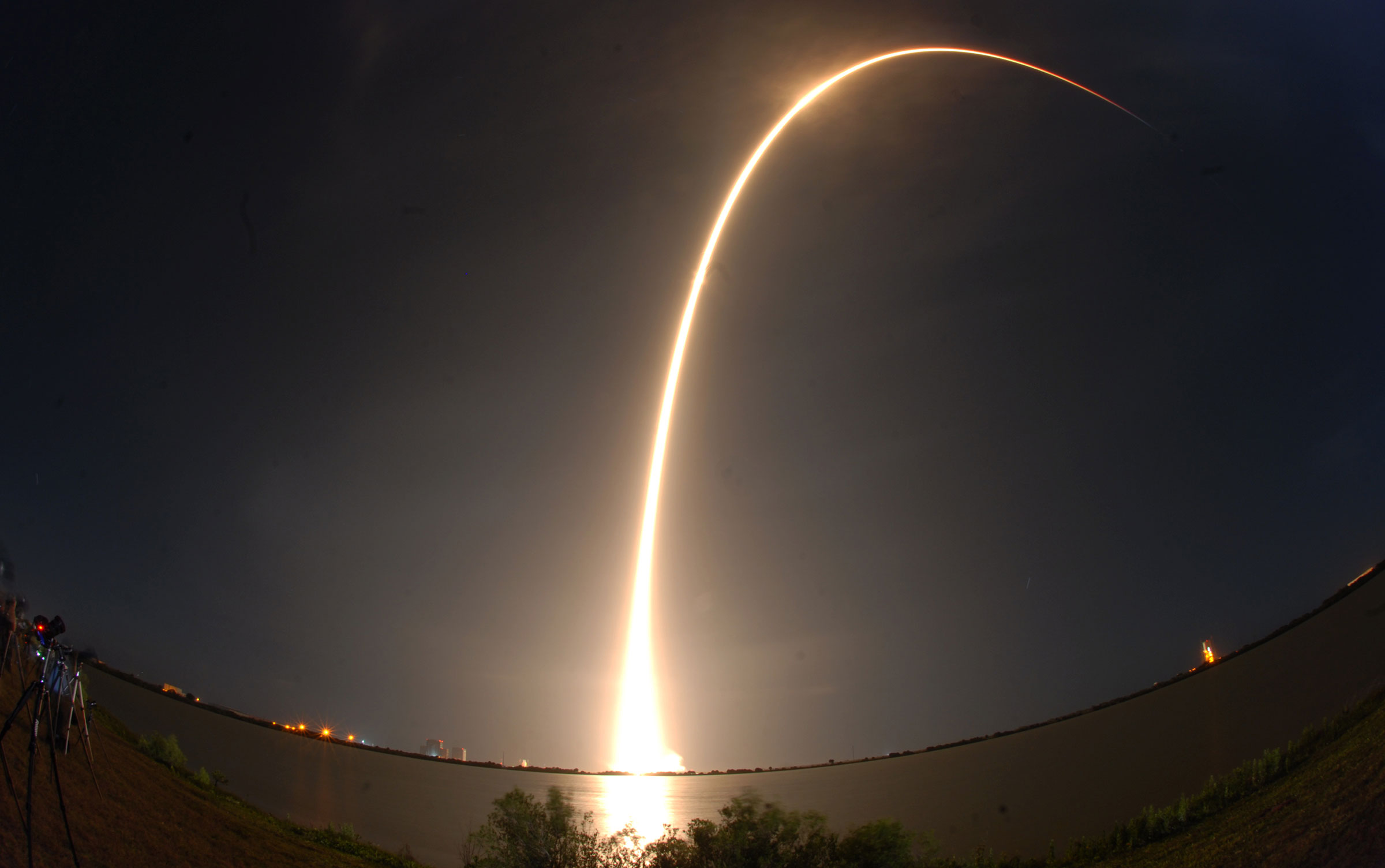These are independent reviews of the products mentioned, but TIME receives a commission when purchases are made through affiliate links at no additional cost to the purchaser.
Air pollutants travel fast, and daily observations make it hard to pinpoint the source. In August, the NASA TEMPO (Tropospheric Emissions: Monitoring Pollution)—which hovers on a satellite 22,000 miles above North America—began monitoring nitrogen dioxide and air quality, sending hourly updates that allow scientists to better understand the sources of pollution, which is increasingly urgent given global declines in air quality and bouts of wildfire smoke. This high-altitude perch allows an unprecedented macro analysis, and high-resolution tracking enables scientists to zoom in on a town or city level.
More Must-Reads From TIME
- The 100 Most Influential People of 2024
- How Far Trump Would Go
- Why Maternity Care Is Underpaid
- Scenes From Pro-Palestinian Encampments Across U.S. Universities
- Saving Seconds Is Better Than Hours
- Why Your Breakfast Should Start with a Vegetable
- Welcome to the Golden Age of Ryan Gosling
- Want Weekly Recs on What to Watch, Read, and More? Sign Up for Worth Your Time
